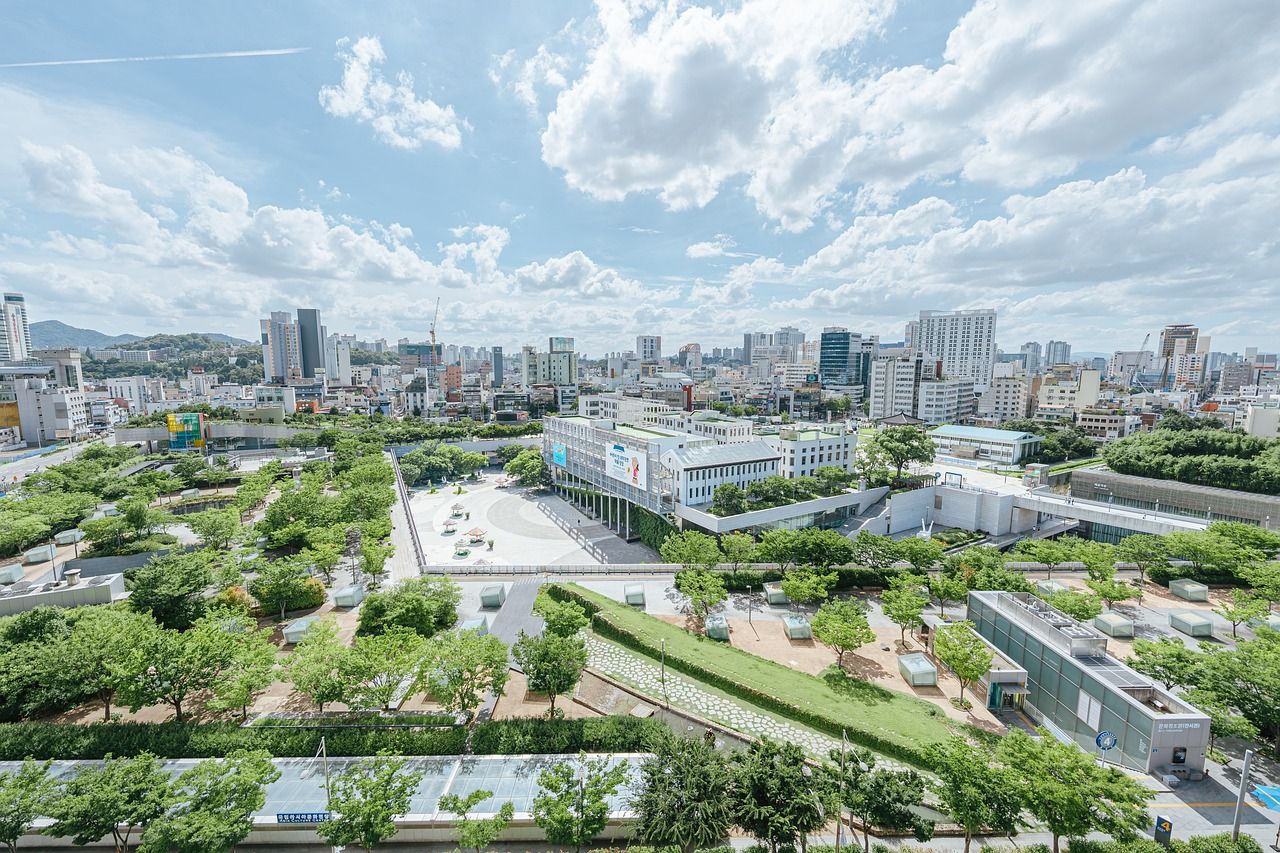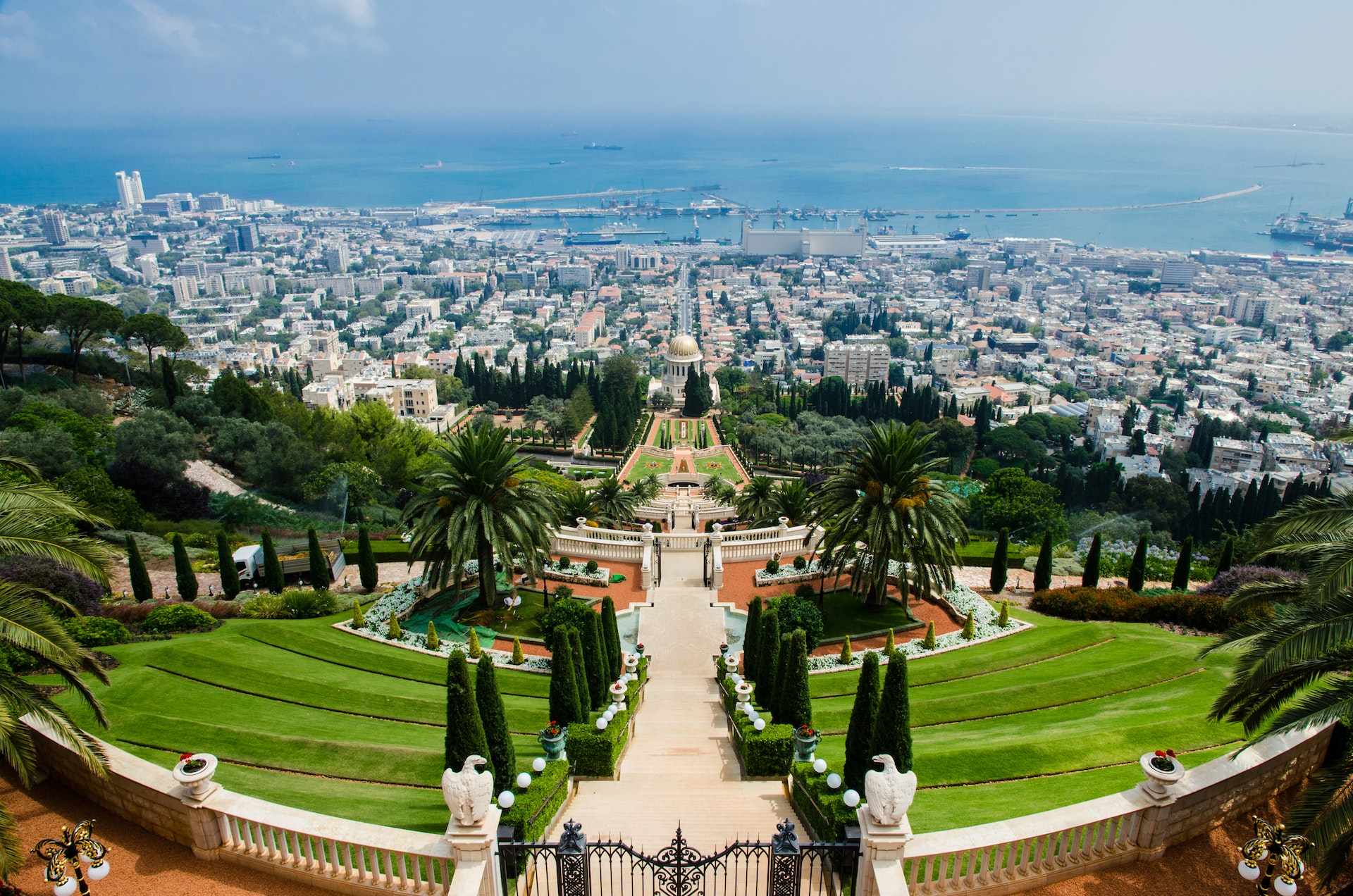Gyeongju weather is a topic of interest for many people, as the city is known for its rich history and culture, as well as its beautiful natural surroundings. Located in the southeastern part of South Korea, Gyeongju experiences a humid continental climate, characterized by four distinct seasons: spring, summer, fall, and winter. The city’s location near the coast also means that it is influenced by monsoonal winds, resulting in significant variations in temperature and precipitation throughout the year.
One of the most notable features of Gyeongju weather is the hot and humid summers. From June to August, temperatures can reach up to 30°C (86°F) or higher, and the humidity can make it feel even warmer. However, the city also receives a fair amount of rainfall during this time, which can provide some relief from the heat.
In contrast, the winters in Gyeongju are relatively mild, with temperatures rarely dropping below freezing. December and January are the coldest months, with an average low of around -5°C (23°F) and high of around 2°C (36°F). Snowfall is rare, but the city can experience strong winds and occasional cold snaps.
The fall and spring seasons offer a comfortable and pleasant climate, with mild temperatures and moderate precipitation. This is a great time to visit Gyeongju, as the city’s many historical and cultural sites can be enjoyed without the heat and humidity of summer or the cold of winter. The fall foliage is also a beautiful sight, with the city’s many trees turning shades of red, orange, and yellow.
| Month | Low (°C) | High (°C) | Low (°F) | High (°F) | Rain (%) |
|---|---|---|---|---|---|
| January | -5 | 2 | 23 | 36 | 50 |
| February | -3 | 4 | 27 | 39 | 45 |
| March | 1 | 9 | 34 | 48 | 40 |
| April | 6 | 14 | 43 | 57 | 35 |
| May | 11 | 20 | 52 | 68 | 30 |
| June | 17 | 25 | 63 | 77 | 60 |
| July | 20 | 29 | 68 | 84 | 70 |
| August | 20 | 28 | 68 | 82 | 70 |
| September | 16 | 23 | 61 | 73 | 55 |
| October | 10 | 17 | 50 | 63 | 50 |
| November | 4 | 10 | 39 | 50 | 45 |
| December | -2 | 3 | 28 | 37 | 50 |
When deciding on the best time to visit Gyeongju, it’s important to consider the weather and what you hope to experience during your trip. If you’re looking to explore the city’s many historical and cultural sites, the fall and spring seasons are a great choice. The mild temperatures and moderate precipitation make for comfortable sightseeing, and the fall foliage adds an extra layer of beauty to the city’s many temples and ruins.
However, if you’re looking to experience the city’s natural beauty, the summer months may be a better choice. The hot and humid weather makes for ideal hiking and camping conditions, and the city’s many parks and nature reserves are in full bloom. Additionally, the summer is also a great time to experience the city’s traditional festivals and cultural events.
On the other hand, if you’re looking for a more relaxed and low-key trip, the winter months may be the best choice. The mild temperatures and lack of snowfall make for comfortable sightseeing, and the city is much quieter and less crowded than during the peak tourist season. Additionally, the city’s temples and ruins can be beautiful in the winter, with the bare trees and frosty landscapes adding to the atmosphere.
Overall, the best time to visit Gyeongju will depend on your personal preferences and what you hope to experience during your trip. Whether you’re looking to explore the city’s rich history and culture, experience its natural beauty, or simply relax and take in the scenery, Gyeongju has something to offer year-round. With its mild climate and beautiful surroundings, Gyeongju is a great destination for a variety of travelers, no matter what time of year you choose to visit.



